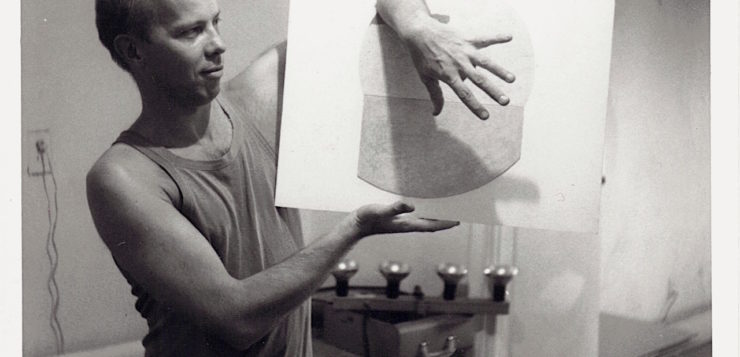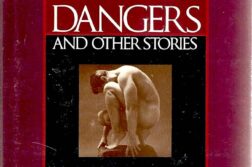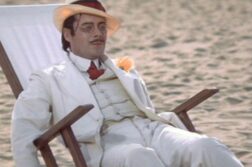TWENTY-FIVE YEARS AGO, artist Ray Johnson (1927–1995) left the Barron’s Cove motel on Long Island, drove 100 feet to the 7-Eleven at the foot of the Sag Harbor–North Haven bridge, parked, walked out on the bridge, and jumped. Two kids heard a splash and saw a bald man, fully clothed, doing a casual backstroke—no cries for help, no struggle, just a slow steady progress out into the bay. His body washed up the next day.
Today it is generally assumed that Johnson’s death was not only intentional, it was also a last choreographed action in a concatenation of collages, performative “nothings,” and labyrinthine art world interactions that together represent the long career of an intentionally low-budget, marginal, and puzzling artist. A 1965 New York Times article called him “New York’s most famous unknown artist.” And not much changed over the years: a 2015 Vanity Fair article referred to him as the greatest artist you’ve never heard of.
Philip Moore is a doctoral candidate at Gratz College in Melrose Park, PA.







